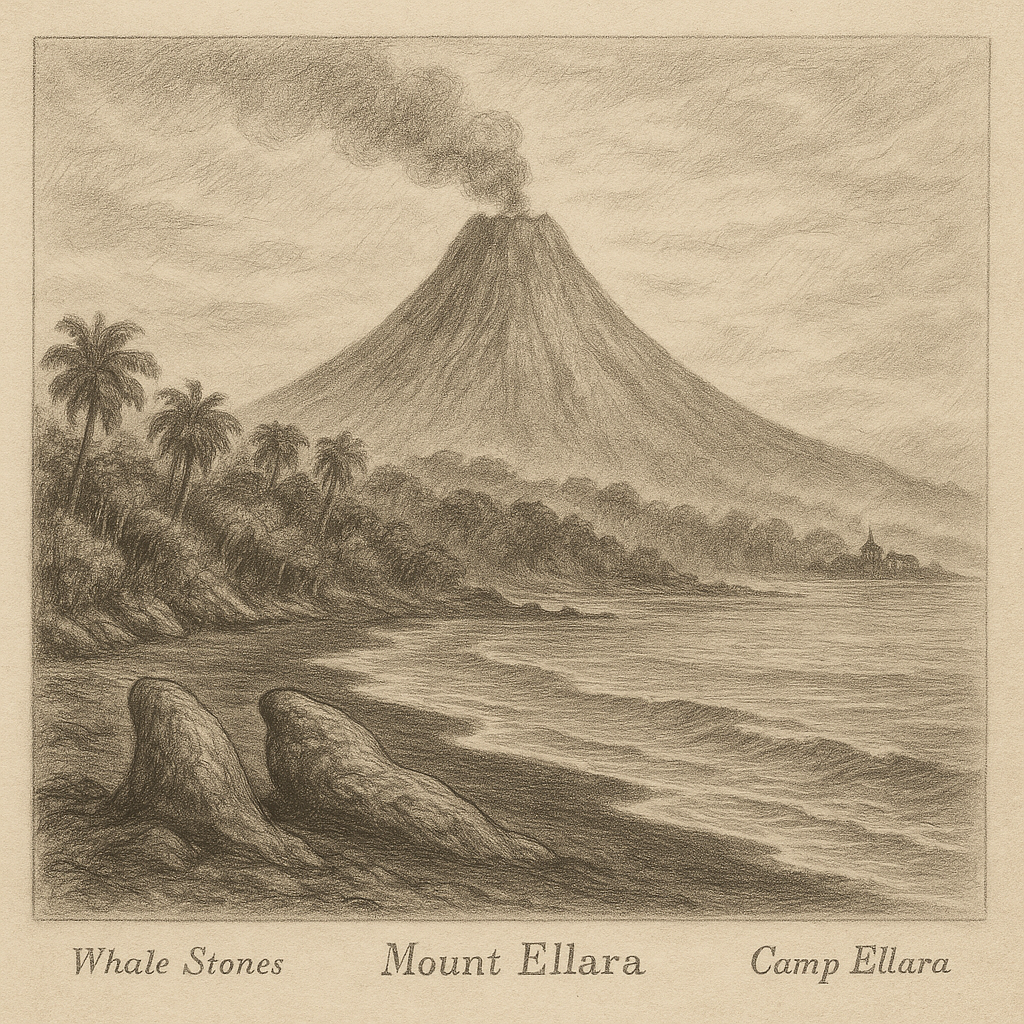Blenheim Reef – A Forgotten Jewel of the Indian Ocean
Blenheim Reef, a remote atoll nestled in the northern reaches of the Indian Ocean, is a lesser-known but fascinating geographic feature that is part of the Chagos Archipelago. Despite its obscurity and uninhabited nature, the reef holds geopolitical, ecological, and legendary significance that captures the imagination of those who venture to learn about this hidden corner of the world.
Location and Geography
Located approximately 230 kilometers north of Diego Garcia, the largest island in the Chagos Archipelago, Blenheim Reef lies in the central Indian Ocean. The reef spans roughly 11 kilometers in length and 4 kilometers in width during low tide, forming a large submerged atoll structure. The coordinates of Blenheim Reef place it at 5°15′S 72°10′E. The reef is only intermittently visible above the water and is almost completely submerged during high tide.
Unlike typical islands, Blenheim Reef lacks permanent dry land. While patches of sandbanks may become visible during low tides, it does not host any vegetation or freshwater sources. Its shallow lagoon and surrounding coral formations make it more of a marine feature than a terrestrial one, but its geographic isolation and striking underwater biodiversity place it among the ocean’s remarkable wonders.
Geological Features and Ecological Importance
Geologically, Blenheim Reef is the result of long-term coral growth atop a volcanic seamount, a process common to atoll formation in the Indo-Pacific. The reef forms part of the larger geological complex of the Chagos-Laccadive Ridge, which is a prominent submarine mountain range stretching from the Maldives down to the Chagos Archipelago.
Though uninhabitable by humans, the reef serves as a crucial haven for marine biodiversity. Its rich coral ecosystems support numerous species of reef fishes, mollusks, crustaceans, and pelagic visitors like sharks and rays. The surrounding waters are a vital migratory route for cetaceans, including various species of whales and dolphins. In recent years, marine scientists and conservationists have highlighted Blenheim Reef as an area of ecological importance due to its relatively undisturbed marine environment.
History and Sovereignty
Historically, Blenheim Reef was first charted in the late 18th century and named after the British ship HMS Blenheim. It was occasionally visited by passing vessels in the Age of Sail, particularly those involved in trade routes between Africa, India, and Southeast Asia. During the 19th and early 20th centuries, British navigators and surveyors documented its presence, warning mariners of its hazardous shoals.
Blenheim Reef is associated with the complex and often contentious sovereignty issues surrounding the Chagos Archipelago. The entire archipelago was part of the British Indian Ocean Territory (BIOT), which has itself been subject to an ongoing dispute between the United Kingdom and Mauritius. Though Blenheim Reef was originally assigned to the BIOT, its current legal status is ambiguous due to its lack of emergent land territory and shifting interpretations of maritime zones under international law.
Interesting Facts
– Blenheim Reef becomes briefly emergent during low tides, forming sandbanks or small islets which can vanish or appear depending on sea and weather conditions.
– Because of these tidal effects, satellite imaging has periodically misclassified the reef as having permanent islets, confusing navigational charts and territorial claims.
– The reef lies just south of the equator and is impacted by monsoonal weather patterns, creating fluctuating ocean currents that affect biodiversity and visibility for divers.
– Very little human presence has been recorded on the reef, although occasional emergency landings or scientific missions have visited the area.
– Blenheim Reef has been proposed in conservation circles as part of a broader marine protected area that would help safeguard many vulnerable Indian Ocean marine species.
Legends and Maritime Tales
Despite its isolated and largely uninhabited nature, Blenheim Reef has found a small place in maritime lore. Due to its deceptive appearance — sometimes rising with sandy cays, other times entirely submerged — ancient seafarers believed the reef was a “phantom island,” appearing and vanishing like an oceanic mirage.
One persistent legend tells of a Dutch East India Company ship that found temporary refuge on the reef after running afoul of monsoon-driven currents in the 17th century. The crew, according to oral lore passed through sailors in the region, constructed makeshift shelters on exposed sandbanks, surviving on collected rainwater and fish before being rescued weeks later. Allegedly, a timeworn logbook was buried in a sealed brass container in the coral to preserve their tale — a relic that has never been recovered, though treasure hunters and maritime historians occasionally speculate on its existence.
Another tale features the ghostly appearance of “The Reefwatcher,” a spectral schooner said to sail near Blenheim’s edges during foggy dawns. Witnesses describe the ship as having tattered sails and a glowing bow, a harbinger of storms according to Indian Ocean mariners. Though no recorded evidence exists, the myth endures in storytelling among sailors who navigate the waters of the Chagos region.
Access and Conservation Status
Due to its remote location and uninhabitable conditions, Blenheim Reef is not accessible to the general public and lacks infrastructure of any kind. The reef, however, holds interest for oceanographers, marine biologists, and conservationists seeking to preserve the unique ecosystems of the Chagos Archipelago.
In 2010, the United Kingdom declared a Marine Protected Area (MPA) covering the Chagos Islands and surrounding waters, making it one of the largest in the world. Blenheim Reef falls just outside the core zone of this protection due to its disputed territory status, but environmental organizations advocate for its inclusion in future conservation efforts.
Salvage rights, mineral exploration, and shipping activity are tightly restricted in the area, reinforcing the reef’s enigmatic isolation. Only scientific expeditions or military vessels transiting between Indian Ocean garrisons ever come close to the reef.
Conclusion
Blenheim Reef may not bear the usual signs of prominence — no towering palms or settled population — but what it lacks in visibility, it makes up for in mystery and natural beauty. As a remote cornerstone of the Chagos Archipelago, it serves as a living record of ancient marine geology, a silent witness to maritime history, and a vibrant node in Earth’s blue frontier.
With conservation efforts gaining momentum and awareness of Indian Ocean ecosystems on the rise, Blenheim Reef holds potential not just as a place of scientific interest, but as a symbol of the wild, untamed spirit of our planet’s oceans.



